Has been given more attention
The 32nd SEA Games in Cambodia marked a positive change for the Vietnamese Sports Delegation in terms of medical care and athlete care. At that time, in the list of 1,003 members of the Vietnamese Sports Delegation, the medical team had 31 people. Among them were 16 doctors, 3 nurses, 7 technicians, 5 nurses...
In fact, this team serves and supports 702 athletes of the Vietnam Sports Delegation. And if excluding 5 people from the medical team to serve the 2 men's and women's football teams, the Vietnam Sports Delegation still has 26 doctors, nurses, technicians, and nurses serving 37 sports and sub-sports with about more than 650 athletes.
Of course, the 26 medical staff do not have to serve more than 650 athletes at the same time because at the 32nd SEA Games, some events will be held first, some will be held later.
Previously, at the 31st SEA Games held in Vietnam, the Vietnamese Sports Delegation also had 31 members of the medical team. This is a significant number for the Vietnamese Sports Delegation and much larger than the previous SEA Games. However, the fact that the Vietnamese Sports Delegation participating in the 32nd SEA Games had 31 members of the medical team shows that more attention has been paid to the care of athletes. Because obviously, the cost of mobilizing a medical team to participate in the SEA Games abroad is much more expensive than participating in the SEA Games held right in Vietnam. And this has been proven through the working efficiency of this team as well as the feedback from the Vietnamese athletes participating in the 31st SEA Games.
Of course, the above number of people to serve, provide medical support, care and recovery for that many athletes at a SEA Games like SEA Games 32 still cannot meet all the requirements. Mr. Dang Ha Viet, Head of the Vietnamese Sports Delegation participating in SEA Games 32, once shared that there must be twice the number of 31 people in the medical team to meet the requirements of care, recovery and treatment of injuries for athletes. And to overcome the "cut your coat according to your cloth" approach, the Vietnamese Sports Delegation must base on the competition schedule to see which sports have a dense competition schedule and high risk of injury to prioritize the allocation of doctors, nurses, technicians, etc.
It must also be mentioned that the workload of the medical team when participating in the Vietnamese Sports Delegation participating in international sporting events, including the SEA Games, is extremely heavy. The doctors, technicians, and nurses in the Vietnamese Sports Delegation are not only the ones who treat and handle medical issues according to their expertise, but also help athletes recover after competition.
Doctor Pham Manh Hung, who participated in many SEA Games and ASIAD in the 2000s and early 2010s as part of the Vietnamese Sports Delegation, also said that the medical team of the Vietnamese Sports Delegation in the SEA Games or ASIAD not only accompanied the teams at training and competition locations. They also had to participate in the recovery of the athletes, especially the key players, when they returned to their rooms to rest every night. In addition, the doctors also had to grasp the physical condition and injuries of each athlete to give appropriate instructions.
In addition, there are psychological solutions to help athletes compete in the best condition. Simply put, the medical team following the Vietnam Sports Delegation has very little time to rest when having to do many tasks at the same time. That also partly explains the difficulty in finding sports doctors who can accompany the team at sporting events.
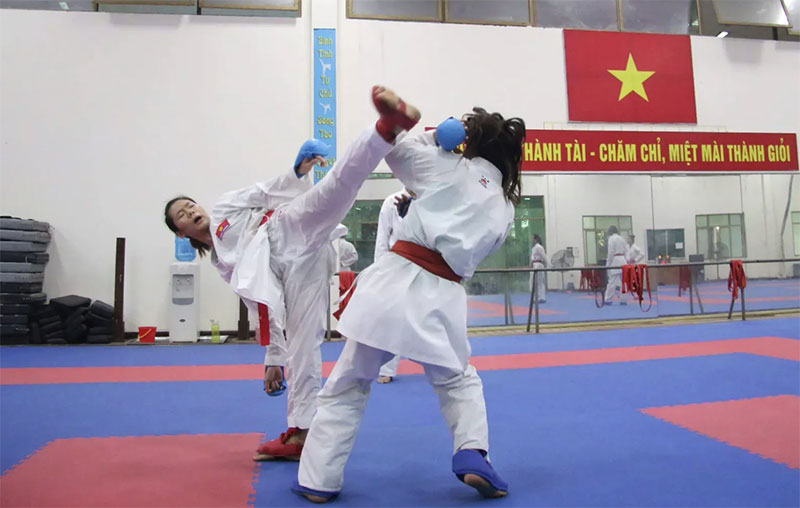
Not only SEA Games need medical team
For a long time, generations of leaders of the Vietnam Sports Administration have shared the need for more doctors and medical staff for the teams during the training process. Meanwhile, in a recent exchange, sports doctor Pham Manh Hung said that if possible, each team should have a doctor and a technician to accompany them during the preparation and training process, not just during the competition. In fact, it is not easy to find doctors, nurses, technicians, and nurses who truly understand and treat high-performance athletes.
A few months ago, Director of the Vietnam Sports Administration Nguyen Danh Hoang Viet worked directly with representatives of the coaching board and athletes of all national sports teams training in Hanoi to prepare for the 33rd SEA Games. In addition to recommendations on facilities for training and overseas training to improve expertise, the issue of medical care for athletes was also raised.
Among them, many national sports teams do not have their own medical team to take care of athletes.
This is a major difficulty for Vietnamese sports as some training centers of national teams are seriously lacking doctors, medical staff, and physiotherapists. In crowded places, there are only a dozen people to serve nearly 1,000 athletes, affecting the quality of training, practice, and competition. The leaders of the Vietnam Sports Administration affirmed that they are taking steps to soon change the funding regime to attract this team. Thereby, ensuring enough medical staff for national sports teams.
Meanwhile, some countries in the region have built a systematic sports medicine system. In particular, Thailand has maintained a ratio of 23 athletes/1 medical staff since the 30th SEA Games, along with an injury monitoring system according to International Olympic Committee standards.
The immediate solution for Vietnam Sports is still to coordinate with Vietnam Sports Hospital to increase the number of doctors and physical therapy teams for athletes practicing at training locations or send athletes to Vietnam Sports Hospital for physical therapy at different levels.
To solve this problem, we cannot rely solely on the efforts of the state management unit of sports. We still need the cooperation and "sharing of the burden" from the National Sports Federations and Associations. Recently, the Vietnam Athletics Federation also provided financial support so that the athletes of the track and field team focusing on the 33rd SEA Games could go to physical therapy twice a week to speed up the recovery process after training. The total estimated cost for this is also about 100 million VND.
And if at the 33rd SEA Games, the National Sports Federations and Associations can hire more physical therapists to accompany the teams to support the athletes' recovery after training and competition, that would also be encouraging. The important thing is still the "willingness to spend" of these organizations.
Implementing a nutritional regimen is not necessarily the deciding factor.
Sports industry leaders said that they have deployed to training centers to implement a special nutritional regime for coaches and athletes of 480,000 VND/person/day (according to Circular 86/2020/TT-BTC of the Ministry of Finance applied from 2020 on the level of spending on special nutritional regimes for coaches and athletes summoned to national teams to prepare for participation in SEA Games, ASIAD, Olympics).
Previously, coaches and athletes in the national teams were entitled to the normal allowance of 320,000 VND/person/day. Although the nutritional allowance of 480,000 VND/person/day is significant, many experts believe that it will not be effective if the athletes do not receive the necessary support and medical care.
Minh Khue
Source: https://cand.com.vn/the-thao/the-thao-viet-nam-chuan-bi-sea-games-33-thach-thuc-tu-khau-y-te-i787866/


![[Photo] Deep sea sand deposits, ancient wooden ship An Bang faces the risk of being buried again](https://vphoto.vietnam.vn/thumb/1200x675/vietnam/resource/IMAGE/2025/11/13/1763033175715_ndo_br_thuyen-1-jpg.webp)












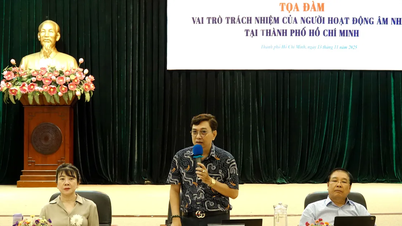







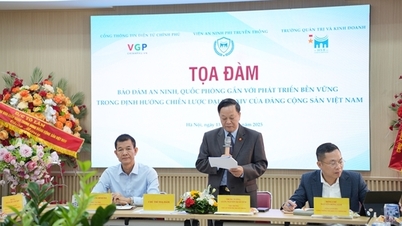

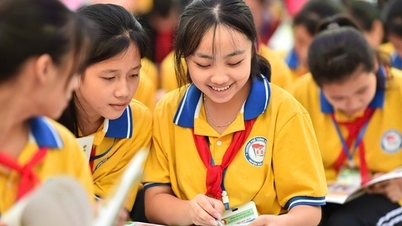
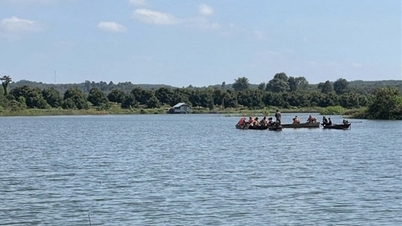
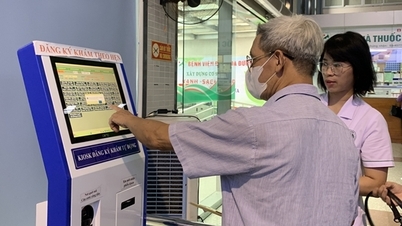
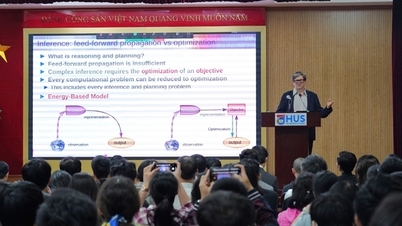
![[Photo] General Secretary To Lam visits Long Thanh International Airport Project](https://vphoto.vietnam.vn/thumb/1200x675/vietnam/resource/IMAGE/2025/11/13/1763008564398_vna-potal-tong-bi-thu-to-lam-tham-du-an-cang-hang-khong-quoc-te-long-thanh-8404600-1261-jpg.webp)







































![[Photo] Panorama of the 2nd Vietnam-Cambodia Border Defense Friendship Exchange](https://vphoto.vietnam.vn/thumb/402x226/vietnam/resource/IMAGE/2025/11/13/1763033233033_image.jpeg)
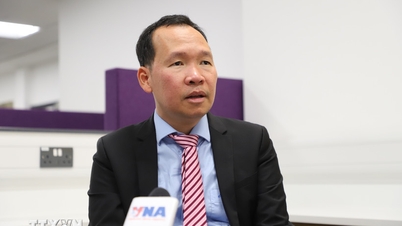


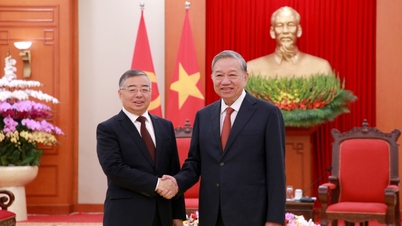


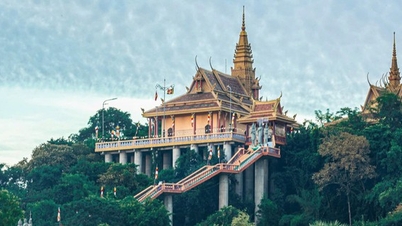


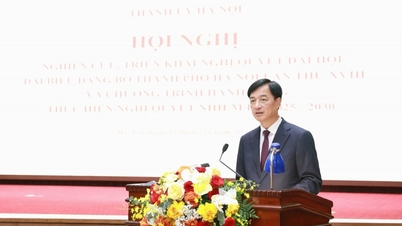
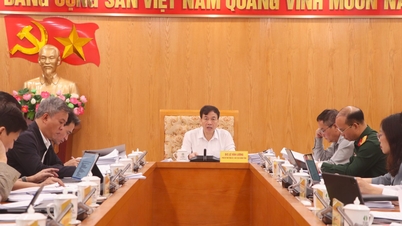


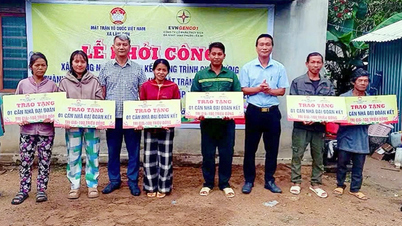


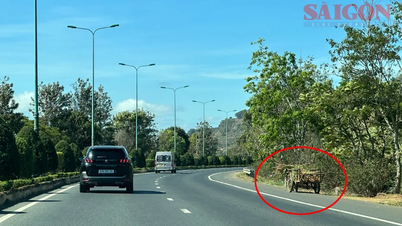
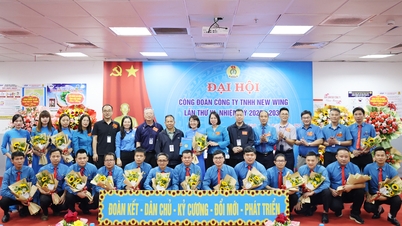






![Dong Nai OCOP transition: [Article 3] Linking tourism with OCOP product consumption](https://vphoto.vietnam.vn/thumb/402x226/vietnam/resource/IMAGE/2025/11/10/1762739199309_1324-2740-7_n-162543_981.jpeg)




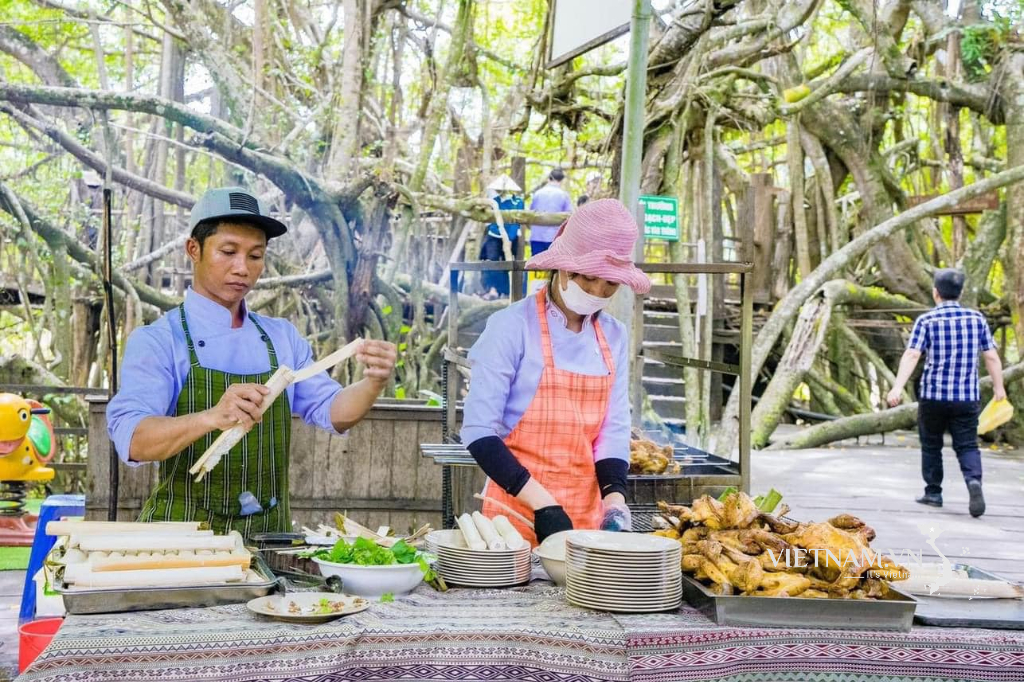
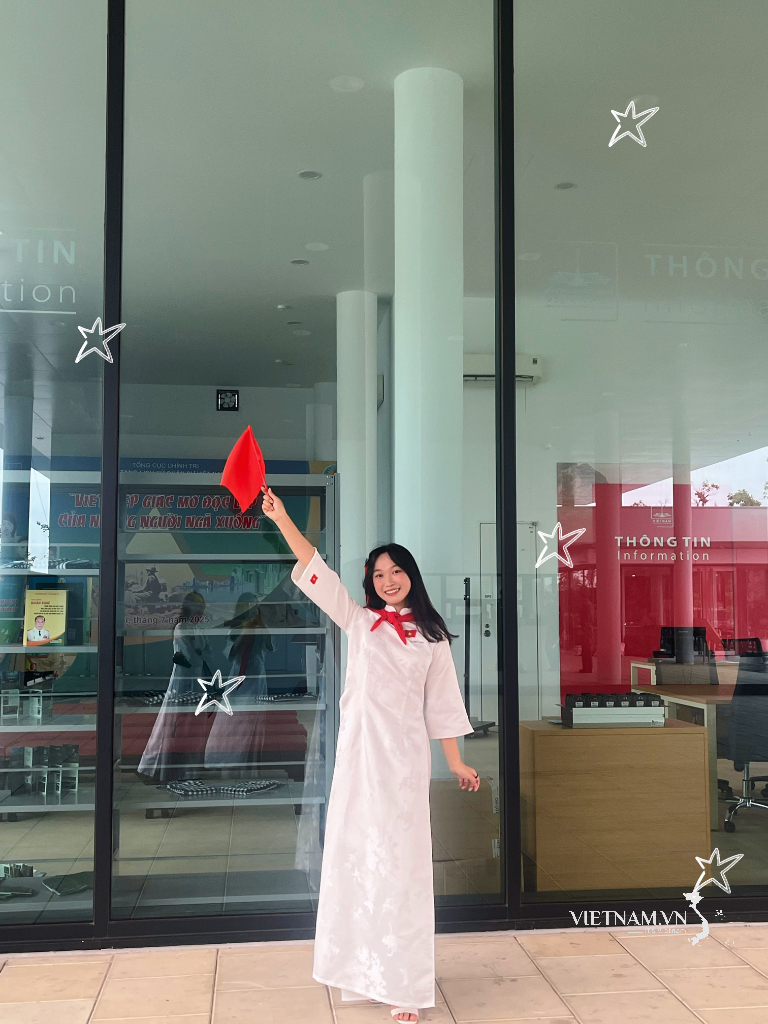

Comment (0)